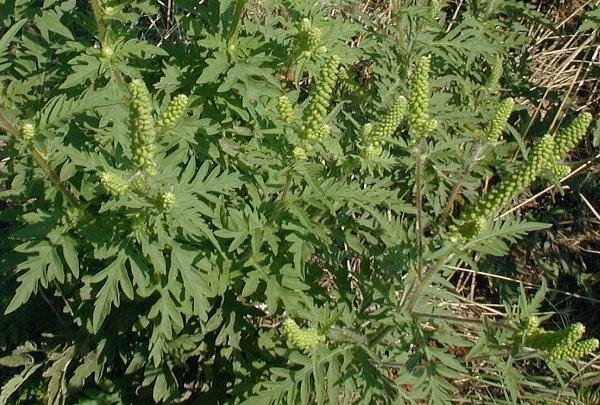An extinct ecomorph of the gray wolf (Canis lupus) roamed North America from Beringia to at least as far south as Wyoming during the Late Pleistocene. (See: https://markgelbart.wordpress.com/2016/05/30/beringian-wolves-an-extinct-ecomorph-of-canis-lupus-lived-as-far-south-as-wyoming/ ) Beringia included the unglaciated region of Alaska, the Yukon, and the Bering Strait located north of the Ice Sheet that covered most of Canada then. The Bering Strait emerged above sea level during Ice Ages. An ecomorph is the regional variation of a species that differs morphologically from other populations of the same species. Beringian wolves had bodies closely resembling those of gray wolves, but their teeth and jaws were larger and more robust like those of the extinct dire wolf (C. dirus). Paleontologists interpret the larger teeth and jaws as an adaptation for preying and scavenging on megafauna. Isotopic evidence of Beringian wolf bones does suggest they fed upon mammoths, horse, bison, musk-ox, and caribou. Beringian wolves were not ancestral to modern day Alaskan gray wolves, but they do share a common ancestor. Genetic evidence suggests Beringian wolves diverged from wolves found in northern China and Mongolia today about 28,000 years ago. Present day Alaskan wolves descend from a different population of wolves than the Beringian wolves which became extinct about 7500 years ago.
Map showing location of sites where Beringian wolf bones have been discovered and the proposed route from Beringia to Wyoming. I hypothesize they occurred as far south as the southern Appalachians.
I hypothesize Beringian wolves were an hybrid species originated when gray wolves interbred with dire wolves. This hypothesis will be possible to test when scientists are able to extract DNA from a dire wolf fossil. There are thousands of dire wolf specimens from the La Brae Tar Pits, but the tar in the bones prevents DNA extraction. Many specimens of dire wolf have been found in Florida as well, but humid conditions here cause DNA to deteriorate. I also hypothesize Beringian wolves were more widespread than the fossil record indicates. Over much of the continent fossil evidence of canids consists of isolated teeth and bones difficult for scientists to differentiate between gray wolf, Beringian wolf, dire wolf, and even large Pleistocene coyote. For example 1 wolf tooth found at Ladds Cave in north Georgia was identified as belonging to a gray wolf by 1 paleontologist, but another scientist ruled it fell within the size range of a dire wolf. Maybe this specimen came from a Beringian wolf.
/https://public-media.smithsonianmag.com/filer/4e/9e/4e9e4636-edcc-467d-becd-dac3df2ecdd7/yukon_gov.jpg)
80,000 year old mummified wolf pup found in a Yukon gold mine. Note the coat color. It’s is a brownish blonde.
During June of 2016 gold miners discovered the mummified remains of a wolf pup. As the photo shows, it was perfectly preserved. Carbon dating of the specimen indicated it was older than 50,000 years–the upper limit of carbon dating. However, the specimen was associated with volcanic ash dated to about 80,000 years BP. This predates the 28,000 year old divergence between Mongolian wolves and Beringian wolves, so it will be interesting to learn how this specimen relates to later populations of wolves. Julie Meachen of Des Moines University will lead a study of the pup.
The coat color of this specimen surprises me. Of all the speculative illustrations of Pleistocene wolves none depict a golden, blonde, or tawny colored coat. This specimen appears to have a coat color similar to a lion but a little darker. Perhaps preservation in permafrost for so long changed the original color of the coat but suppose this was the color. The coat color likely resembled the landscape background of its habitat. Patches of yellow grass interspersed with bare dirt predominated in Beringia and much of North America during Ice Age stadials when precipitation was scarce and temperatures dropped. It’s possible packs of yellow dire wolf/gray wolf hybrids lived throughout parts of North America for thousands of years.






